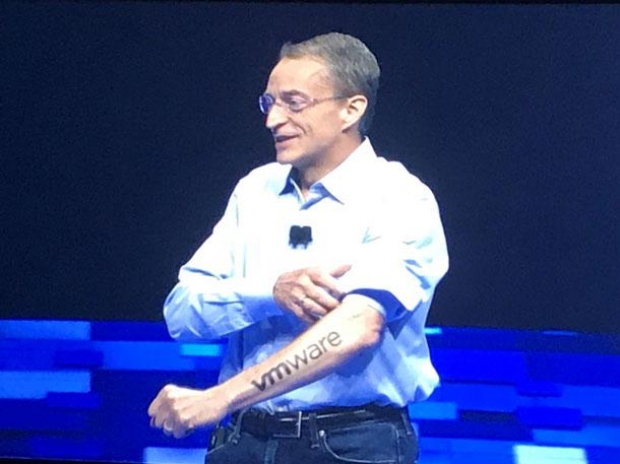Revenue for the quarter was $2.86 billion, up eight percent year on year. Net income hit $434 million, up from $407million in the same period in 2019.
The company singled out 44 percent growth in subscription and SaaS revenue, which reached $676 million. By contrast on-prem perpetual licences fell 12 percent year-on-year to hit $639 million.
CFO Zane Rowe said that’s the first quarter in which VMware’s subscription and SaaS revenue topped cash from licenses but noted the company’s Q4 is usually a big source of licence sales.
But VMware is clearly on the way to selling more subscriptions. CEO Kicking Pat Gelsinger said the company is “on track to make most of our major product offerings available as subscription and SaaS in the next calendar year” and looked forward to that achievement giving customers the option to buy VMware kit with “the flexibility they need”.
Gelsinger said VMware has seen a slowdown in big projects and said that when they are on the table “those large deals just take longer”.
“There’s another sign off required”, he said. “They’re looking and saying: ‘Boy, my priorities are shifting around because I’m not spending as much time in the data centre yet. We can’t have our teams back in place’.”
That attitude has made for some year-on-year revenue dips for products like VSAN and NSX that are often bundled into big deals.
Gelsinger said that result is not commentary on their long-term prospects, citing strong sales of hyperconverged infrastructure that includes VSAN. Nor did he seem concerned about flat sales of core software-defined data centre products.
VMware expects an improving economy to help it post annual revenue of $11.7 billion up eight percent year-on-year. Delivering that number will require meeting fourth quarter guidance of $3.225 billion, a five percent improvement.




